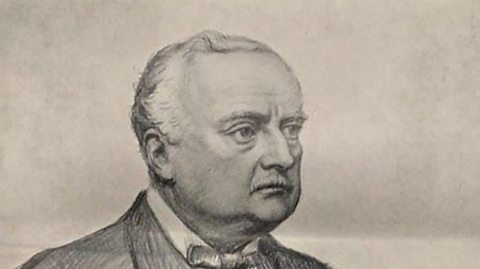The Act of Union and Unionists
The Protestants of North East Ulster did not want to see the end of the Act of Union and felt it was important to their religious freedom and their businesses.
There were three main factors that contributed to this opposition:
- economic
- religious
- political
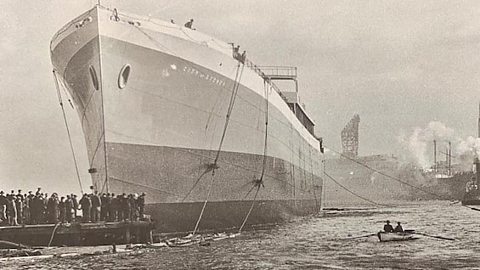
Economic Factors
- Belfast and the surrounding Lagan Valley area was the only part of Ireland to benefit from the industrial revolution in the same way that had happened in many parts of Britain. In particular through the shipbuilding industry.
- Many businessmen in these areas linked this prosperity to the fact that Ireland was now part of a United Kingdom which was the most powerful economy in the world.
- The British Empire covered one quarter of the globe. This gave it access to cheap materials and markets to sell goods in.
- Businessmen feared that if ±«Óătv Rule succeeded and Ireland was no longer a part of the Union then Ulster would lose out on such economic benefits.
- The owners of the shipyards made it clear to their workers that ±«Óătv Rule was a threat to their jobs. T

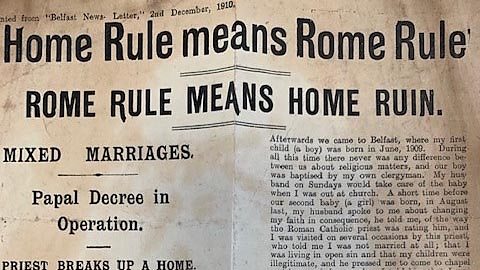
Religious Factors
There was deep suspicion of the role that the Catholic Church was playing in nationalism.
- Many Protestants were fearful of the role that the Church and the Pope played in the lives of Catholics.
- They suspected that a ±«Óătv Rule parliament would have a majority of Catholic members unduly influenced by the teachings of the Church when making political decisions.
- This feeling was summed up in the slogan ⱫÓătv Rule means Rome Ruleâ. Would Protestants be mistreated by a Catholic dominated Dublin parliament?

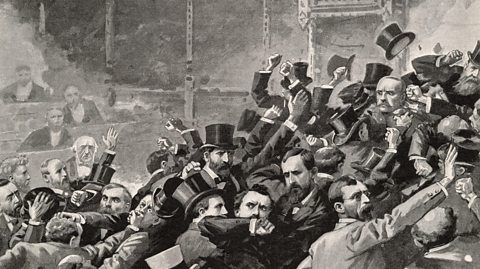
Political Factors
- There was a fear that ±«Óătv Rule would inevitably lead to complete independence and this would impact the sense of Britishness that Unionists felt.
- It also called into question the position of the King in Ireland. Some feared that the example of ±«Óătv Rule would lead to the break-up of the entire British empire.

Strategy
The Unionist leadership was at the forefront of the wider campaign and strategy against ±«Óătv Rule. This opposition was led by Edward Carson and James Craig.

Edward Carson
Edward Carson was a Dublin born barrister and one of the finest legal minds of his time. He was a skilled public speaker who was able to arouse the passions of his listeners.
Carson used his talents to address large crowds of ordinary unionists.
One such protest took place at Balmoral in Belfast where addressing a crowd of over 50,000, Carson declared 'Ulster will fight and Ulster will be right'.


James Craig
James Craig was the son of a millionaire whiskey distiller.
He was gruff and stubborn, but he was a skilled organiser and would use his links with the Orange Order (a Protestant organisation founded in County Armagh in 1795 at a time of increasing sectarian tension) to help organise resistance to ±«Óătv Rule.

Solemn League and Covenant

One thing that the Unionists needed to show the London government was that opposition to ±«Óătv Rule was strongly felt throughout Ulster.
To demonstrate this, Unionists throughout Ulster were urged to sign a petition on what was called Ulster Day (28th September 1912), outlining their determination to resist ±«Óătv Rule.
The petition was called the Solemn League and Covenant and deliberately written like a religious oath to show its seriousness.
Over 400,000 men and women signed it.

The Ulster Volunteer Force
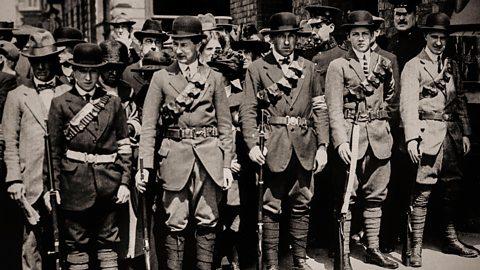
The most dangerous development at this time was the formation of a paramilitary group, the Ulster Volunteer Force (UVF).
- Its purpose was to provide a force that would use armed resistance if the London government went ahead with ±«Óătv Rule.
- This armed resistance would be highly illegal, but it also raised the stakes for the Liberal government.
- The UVF trained close to Bangor, on the estate of Lord Clandeboye. Over 100,000 men joined. They paraded and took part in military drills, mostly armed with broom handles (whilst awaiting the delivery of real weapons).
- At first they werenât taken seriously. The Nationalist newspaper, The Irish News, referred to the UVF as Carsonâs Comic Circus.

What was the Larne gun-running incident?
Larne Gun-Running Incident
- On 24th April 1914 over 25,000 rifles and 3,000,000 rounds of ammunition â intended for the UVF - were landed by a ship, the Clyde Valley, at the port of Larne.
- To assist the action telegraph communications were cut and roads were blocked.
- The local police didnât attempt to stop the weapons being offloaded.
Events at Larne were to show that the UVF would need to be taken very seriously - they were now armed and prepared to fight against ±«Óătv Rule.
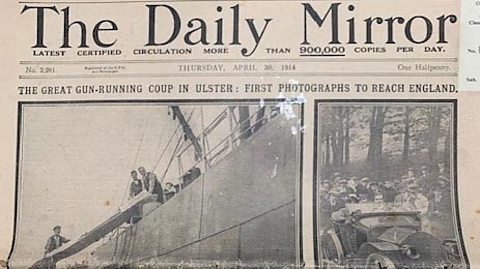
Conservative Support
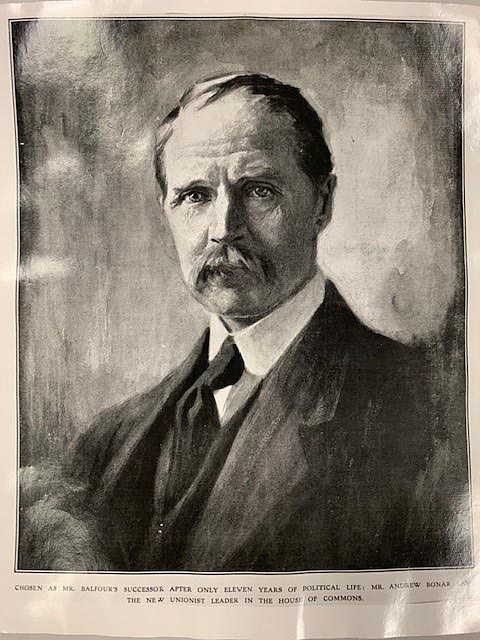
The Ulster Unionists also gained the support of the British Conservative Party with whom Carson had strong links.
Whilst there was a strong Unionist element within the Conservative Party, some historians believe that Conservative support was part of a plan to attack the ruling Liberal Government and create as much difficulty for it as possible.
The Conservative Party leader, Andrew Bonar Law, changed the Partyâs name to the Conservative and Unionist Party and said that there was nothing that the Unionists could do that he would not support.
This was very important, it meant that Unionists now had backing within the highest levels of British political life.
It made them less easy to dismiss as rebels and lawbreakers and it also meant that they could go âbeyond the lawâ and take risks knowing that they had support amongst some of Britain's top politicians.

Test your knowledge
More on Causes and consequences of partition
Find out more by working through a topic
- count1 of 3
